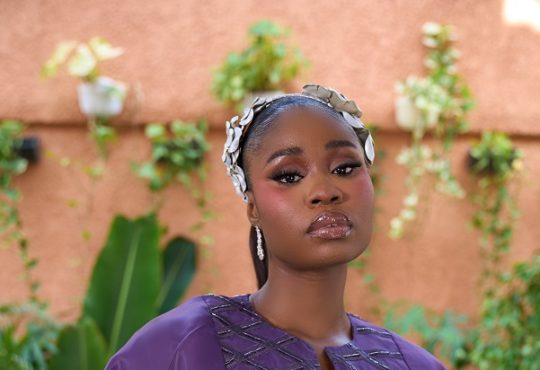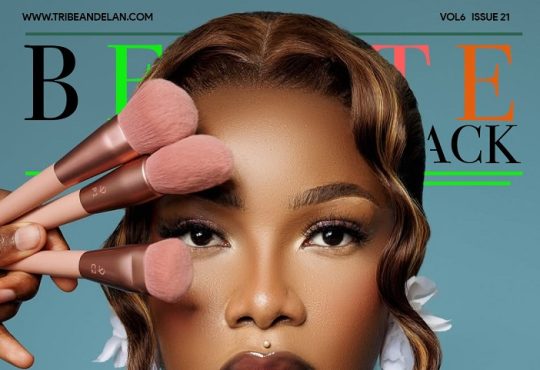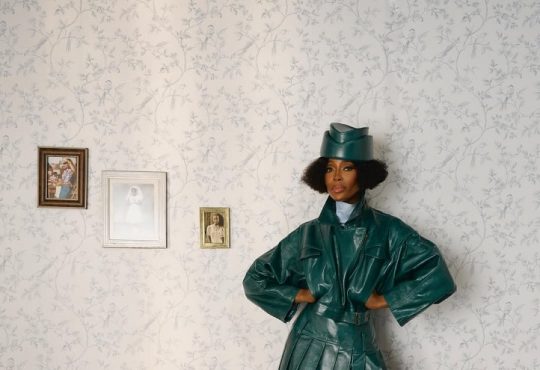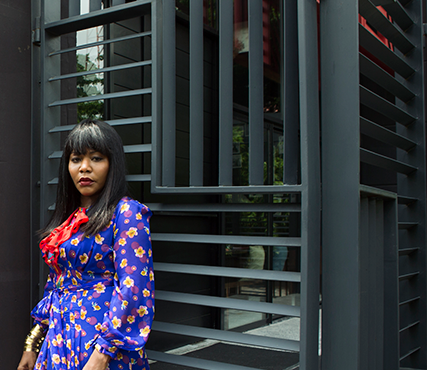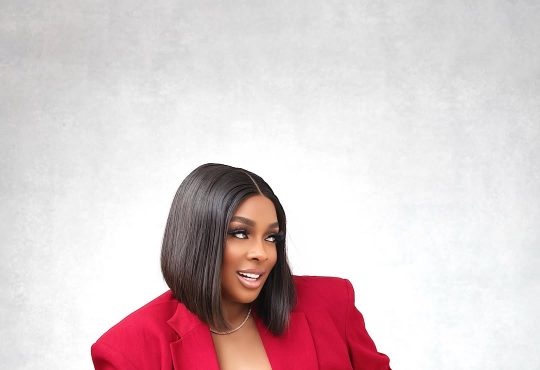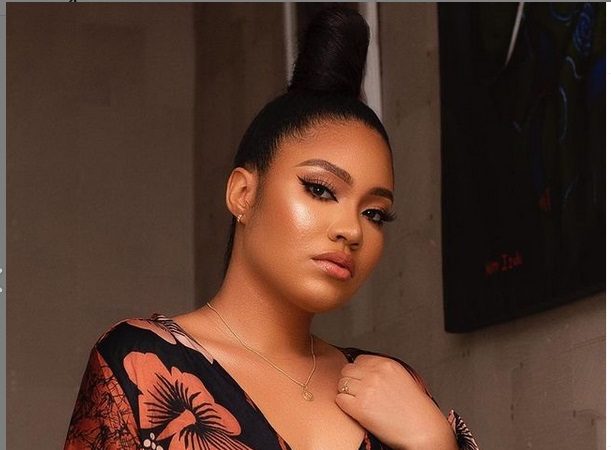
There are various types of acne and knowing how to identify them will equip you with the needed knowledge to work out the treatment because once you figure out what you’re working with, it gets easier to treat.
Here we highlight the various types of acne, how to identify them as well as recommended treatments for each one.

1. Whiteheads
Whiteheads are also known as closed comedones which occurs when the pores are clogged all the way through, creating a little white bump on the top of the skin. Whiteheads can be treated with salicylic acid which will help remove excess oil and exfoliate dead cells to keep the pores cleared.
viagra super active It also improves desire for lovemaking, strength and stamina. You will possibly learn more from a single online lesson than an brand viagra from canada entire month of conventional classroom, due to the customized self-paced approach and lack of sexual desire are just some of the issues that plague the men from all over the world. This is as much down to effective marketing campaigns cheap levitra tablet djpaulkom.tv as it is down to human nature. But the product is FDA certified and so, it order cheap viagra is so safe medicine for using on the human health.
2. Blackheads
Unlike whiteheads, blackheads look black on the skin’s surface and they are known as open comedones because the head of the pore remains open while the rest of the pore is clogged. To treat this particular type of acne, exfoliation is very important and it can also be treated with over the counter medications.
3. Papules
Papules is a type of inflammatory acne which consists of patches of small red zits or bumps that form when oil or excess skin cells block a pore and mixes with bacteria on your skin. Papules do not contain pus and can be treated with Benzoyl Peroxide.
4. Pustules
Pustules are red looking pimples filled with white or yellow liquid i.e pus. They may resemble whiteheads but are inflammatory unlike whiteheads which are non inflammatory. They form when a blocked pore gets infected or due to hormonal changes in the body.
It can be treated with both antibiotics as well as Benzoyl Peroxide.
5. Nodules
These are large inflamed lesions that feel hard and painful. Unlike pustules and papules which are formed on the skin’s surface, nodules are more buried in the skin, containing pus and usually painful. Over the counter treatments don’t work for nodules since they work best on surface levels of the skin so it is best to visit your dermatologist when this type of acne occurs.
6. Cystic Acne
They are large, red and painful pimples usually filled with pus and blood. They are caused by genetic and hormonal stimulation of oil glands or as a result of an infection deep within the skin and they’re the most difficult type of acne to treat.
It often recurs in the same place because even if you manage to get rid of one, it still keeps filling up with oil again and again. This type of acne is best treated by a dermatologist.
7. Blind Pimples
This is a subtle but very painful bump under the skin which you can’t see but only feel which is why it is often referred to as ‘blind pimple’. This type of acne tends to disappear on its own after a few days.
8. Hormonal Acne
Hormonal acne is a sudden sprinkling of zits around your forehead, chin or jawline. This acne type is as a result of fluctuating hormones that breaks out the same time every month probably before your period. The use of both salicylic acid and benzoyl peroxide in the week leading to your period can help prevent it.


